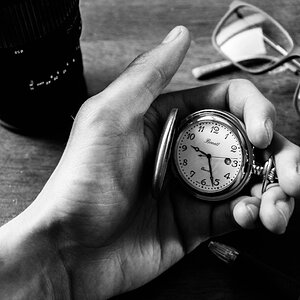awillybilly
TPF Noob!
- Joined
- Dec 1, 2012
- Messages
- 8
- Reaction score
- 0
- Location
- United States
- Can others edit my Photos
- Photos OK to edit
Tried astrophotography for the first time tonight and it came out ok but im not satisfied. Any ideas of how I can get the fuzzy background so that it has a black background with stars and not all the red and green pixels. Any ways to fix it in photoshop if it can't be fixed with camera settings?
Edit: Sorry I didn't include many details so here they are.
Manual mode
Bulb Exposure (one shot was about 30 minutes the other was about an hour and a half)
ISO 800
F 20
picture style: Standard
White balance: AWB
Metering Mode: Evaluative Metering
Auto Focus: One Shot
Quality: Raw + Jpeg
I shot the photos with a Canon Rebel T2i EOS 550D on a tripod and used an Rc2 remote shutter release.
Im am hoping to figure out how to get similar results to this http://cdn.iwastesomuchtime.com/112220121125184.jpg
Edit: Sorry I didn't include many details so here they are.
Manual mode
Bulb Exposure (one shot was about 30 minutes the other was about an hour and a half)
ISO 800
F 20
picture style: Standard
White balance: AWB
Metering Mode: Evaluative Metering
Auto Focus: One Shot
Quality: Raw + Jpeg
I shot the photos with a Canon Rebel T2i EOS 550D on a tripod and used an Rc2 remote shutter release.
Im am hoping to figure out how to get similar results to this http://cdn.iwastesomuchtime.com/112220121125184.jpg
Last edited:



![[No title]](/data/xfmg/thumbnail/32/32711-b57dd72845f94aa34b3bd7207b07f98c.jpg?1619735616)
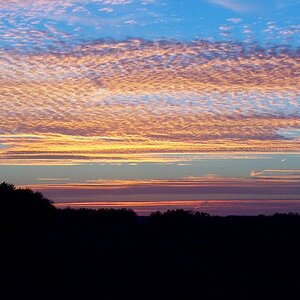


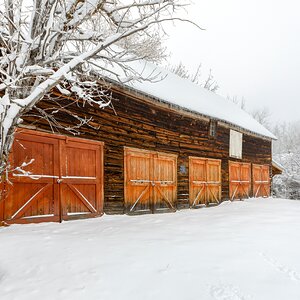
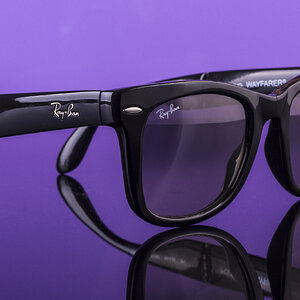
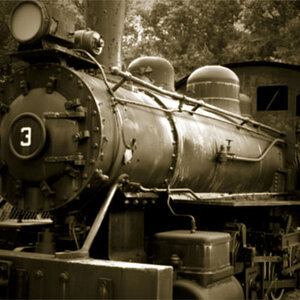
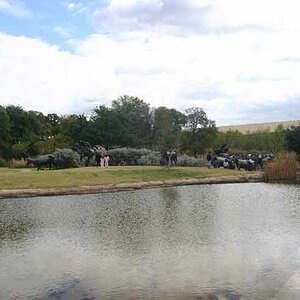
![[No title]](/data/xfmg/thumbnail/36/36394-700ff78d7b45c663863e641a9bcf1fe1.jpg?1619737548)

![[No title]](/data/xfmg/thumbnail/35/35670-0571a45fff5cc94fc333fb959ce54517.jpg?1619737091)
